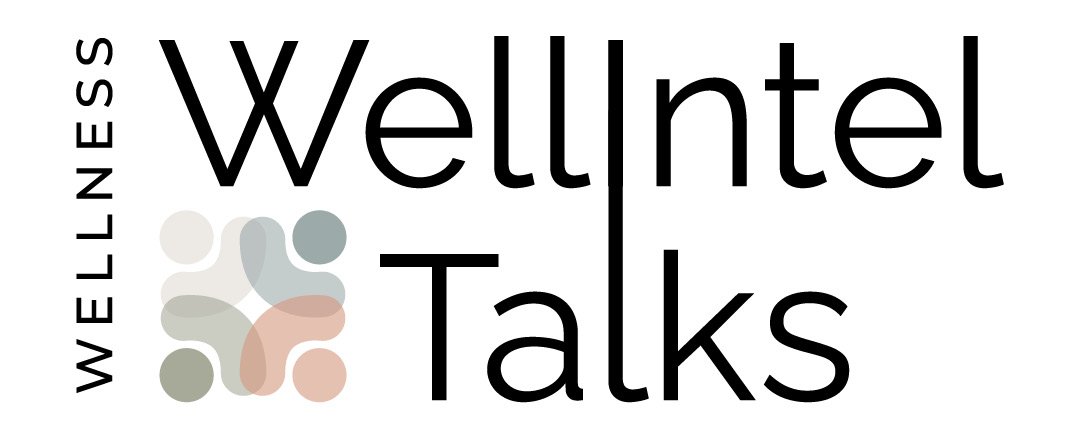How to Beat Burnout in the Workplace
You have probably heard the term burnout a lot since the beginning of the COVID-19 pandemic, as burnout is arguably the next epidemic. When someone says they are burned out, we usually take it to mean they are overwhelmed, but burnout goes way beyond simply feeling stressed. Burnout can come from any life event that’s sufficiently stressful and drawn out, but it tends to come from our work. If left unmanaged, burnout becomes a long-term condition that causes reduced productivity, increased absenteeism, and even other serious health problems [1]. It is important to understand what burnout is within the context of the workplace, and why it happens, before we start asking what employers can do to start addressing it.
What is burnout?
At its core, burnout is a reaction to chronic workplace stress where individuals feel emotionally drained, mentally exhausted, and unable to meet the demands of their job [2]. It is typically characterized by three dimensions [3]:
Emotional exhaustion: the person is depleted and lacks the energy to carry out work-related tasks. This is often the first sign of burnout developing.
Reduced sense of personal accomplishment: the person feels inadequate and therefore less effective at work. These feelings can often be accompanied with actual changes in attention abilities.
Depersonalization: the person has developed a negative, cynical, or detached attitude towards work and coworkers.
Why does burnout happen?
While there is no singular cause for burnout, high levels of workplace stress can come from a variety of sources [2], such as:
An unmanageable workload or job demands.
Lack of control or voice in meaningful decisions.
Insufficient rewards or recognition for efforts.
Limited support and space for positive relationships.
Long hours and insufficient work-life balance and time to disconnect.
The research suggests that in most cases, burnout is not a personal problem; it is a workplace problem [2].
How Employers Can Combat Burnout
Employers and organizations arguably play the most significant role in supporting employee wellbeing, as burnout is usually a by-product of individuals’ work environment. Furthermore, prevention is always more effective than treatment. Here are some suggestions:
Ensure employees have a reasonable workload. This can include reviewing and adjusting expectations, shifting responsibilities, and providing support for task prioritization.
Implement structures for employees to take breaks and prioritize self-care. This could involve providing access to mindfulness classes, guided meditation, yoga sessions, or other wellness activities.
Provide opportunities for autonomy and control. This can include allowing employees to have more flexibility in their work hours, involving them in decision-making, and providing opportunities for personal development and training.
Provide fair and equitable rewards and recognition. This can include offering competitive salaries and benefits, providing opportunities for career advancement, and recognizing employee achievements and contributions.
Promote social support in the workplace by encouraging positive relationships and teamwork. This can include promoting team-building activities, providing opportunities for social interaction, and encouraging open communication and feedback.
Finally, employers can hire a wellness speaker to help employees learn how to personally and individually manage stress, avoid burnout, and maintain a healthy lifestyle. Our expert Speaker Dr. Ty McKinney provides actionable tools to combat workplace burnout, including valuable insights into both prevention and management of burnout that employees can use. Through his gamified mental wellness app and interactive burnout talk, attendees will learn how to recognize burnout and develop a personalized burnout management strategy. Dr. McKinney’s talk can also be tailored for executives and management teams to help prevent employee burnout and reduce related costs. Book Dr. McKinney for your next corporate event or training by clicking here.
Written By:
Dr. Ty McKinney, PhD, WellIntel Talks Expert Speaker
References:
[1] “Psychology Works” Fact Sheet: Workplace Burnout. Canadian Psychological Association. (2021, July 2). https://cpa.ca/psychology-works-fact-sheet-workplace-burnout/
[2] Queen, Douglas, and Keith Harding. “Societal Pandemic Burnout: A COVID Legacy.” International Wound Journal, vol. 17, no. 4, 2020, pp. 873–74, https://doi.org/10.1111/iwj.13441.
[3] International Classification of Diseases, Eleventh Revision (ICD-11), World Health Organization (WHO) 2019/2021. https://icd.who.int/browse11
[4] Khan, Nadia, et al. “Cross-Sectional Survey on Physician Burnout During the COVID-19 Pandemic in Vancouver, Canada: The Role of Gender, Ethnicity and Sexual Orientation.” BMJ Open, vol. 11, no. 5, 2021, pp. e050380–e050380, https://doi.org/10.1136/bmjopen-2021-050380.

